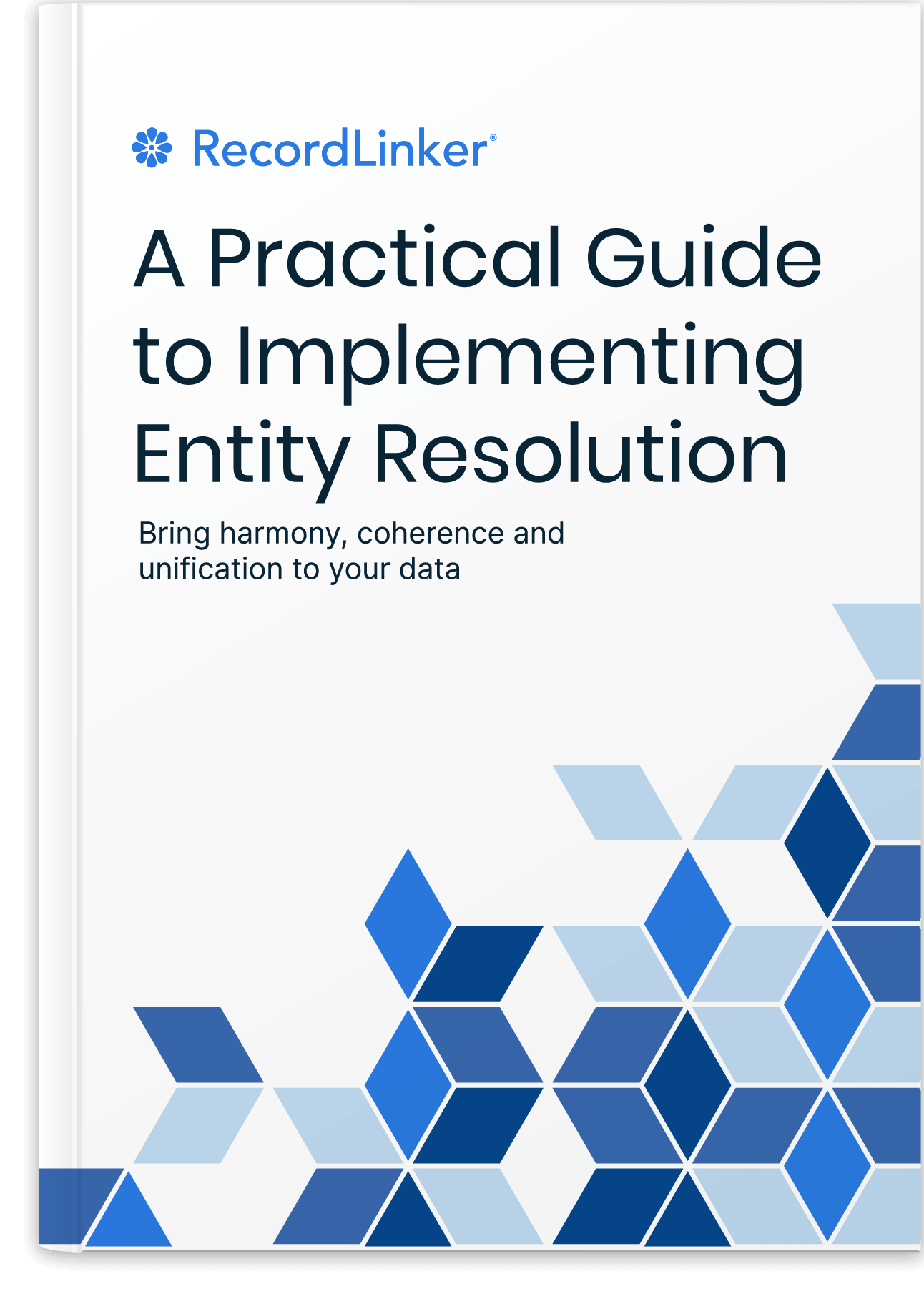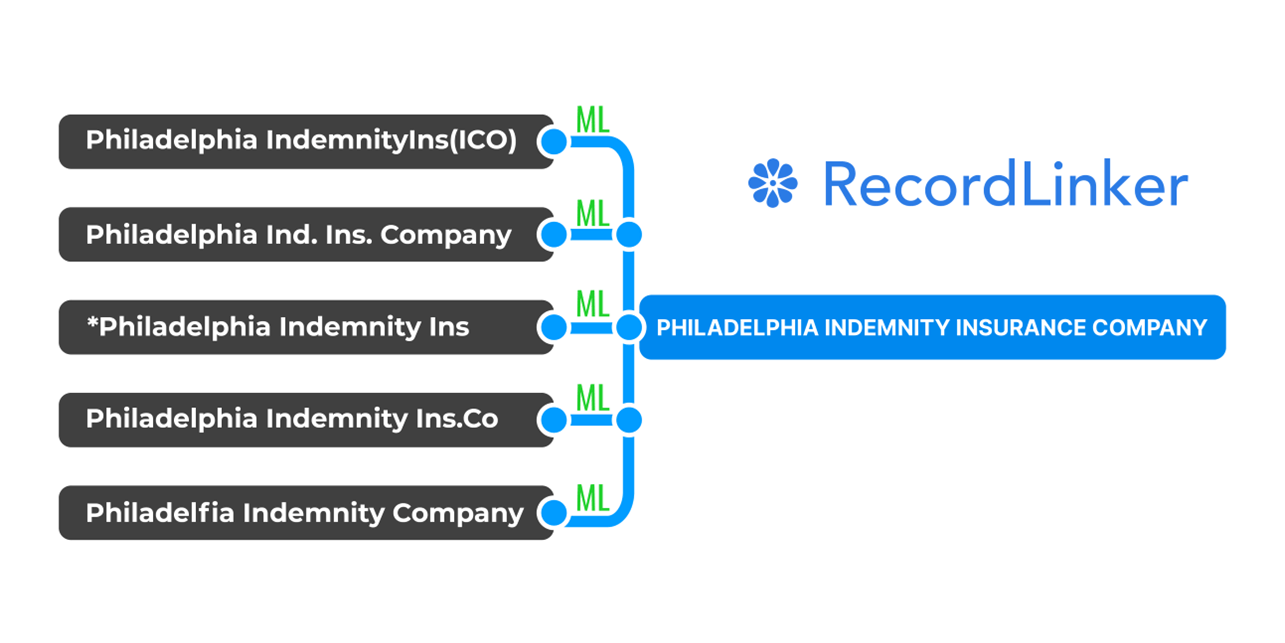The Many Risks of Data Migration and How to Avoid Them
Organizations rely heavily on efficient data management systems to drive decision-making, streamline operations, and enhance customer experience. As technology evolves and business needs change, companies often find themselves in need of migrating data between systems, consolidating databases, or replatforming.
While data migration is a common practice, it presents inherent risks that can jeopardize data integrity, security, and operational continuity if not managed effectively. Let’s look at the challenges and explore ways to mitigate risks of data migration!

Essentially, data migration is the process of transferring data from one place to another. If your organization is upgrading to a new data storage system, consolidating multiple systems, or moving to a new location entirely, you’ll need to start considering when and how to move your data.
This may sound like a simple and straightforward task, and it is certainly common: at least 70% of businesses have migrated data to cloud storage alone.
However, data migrations can and do go wrong, especially when poorly planned or executed. Let’s start from a top view of migration risks with some general guidelines.
General Approach to Mitigating Data Migration Risks
There are three global precautions you should take to ensure a successful migration project.
Thoroughly assess your data, your current system and the target system – this will help you identify any potential problems that could occur during the migration. Consider differences in data objects, attributes, and metadata.
Create a comprehensive migration plan – include detailed instructions for each step of the process.
Test, discuss, and iterate your plan before you begin – data migration affects different people and processes in the organization. You should only start when you know which teams and business processes will be impacted or at risk.
To be proactive about risks that come with a data migration project, you should ask some general questions. Check these to structure your thinking:
- What kinds of data are to be handled?
- How will data be handled? Which part of the process will be manual?
- Which tasks or steps are the most prone to errors?
- Who gets to access your data? At what access level?
- Are there any dependencies or relationships between different datasets?
- What are the specific data formats and structures involved?
- Are there any data transformation or mapping requirements?
- How will the migration impact existing workflows, processes, and systems?
- Who are the key stakeholders involved, and what are their responsibilities?
While you should plan your migration to ensure it goes smoothly, there are still individual risks worth separate attention.
Specific Risks of Data Migration
There are a few common dangers you may face during data migration. Let’s take a closer look at them – and explore the ways of avoiding these risks, or at least limiting their impact.
1. Loss of Data
One of the most serious risks during data migration is the potential for data loss. This can occur for a number of reasons, such as incorrect mapping of data fields, errors during data conversion, or simply because data does not get transferred during the migration process.
The loss of data critical for business operations can have a devastating impact. Recovery from data loss will likely be difficult, if not impossible, and the cost of data restoration can be extremely high.
How to retain data
To minimize the risk of data loss, it is important to have a well-planned data migration strategy that takes into account the potential for data loss and includes adequate safeguards. For instance, data backups should be created before data migration begins, and data should be verified after it has been transferred to the new system.
Testing is also an essential step in data migration. By testing the data migration process on a small scale, you’ll have the chance to identify and correct potential errors before they cause major problems.
2. Data Corruption
If you’re following a manual data migration process, your risk of data corruption is significant. Copying and pasting data from one place to another is tedious and prone to error: you could wind up with duplicate, mismatched, or missing data.
Even data semantics errors can cause major headaches down the line. For example, if you’re moving customer data from one database to another, you might accidentally change the format of the customer’s phone number, preventing you from being able to reach them.
How to prevent data corruption
The best way to minimize the potential for errors during migration is to use an automated tool. Data migration software makes the whole process faster and more accurate, and leaves your employees free to focus on more substantive work. Of course, even with software doing the heavy lifting, you’ll still need to do plenty of planning and preparation.
Even top-tier automated solutions can fail, so it’s important to have a solid backup and recovery strategy in place before you begin your migration. That way, if something does go wrong, you can quickly get your systems up and running again without losing any data.
3. Unauthorized Access
Migrating data exposes it to the risk of unauthorized access. Basically, any time data is moved, there’s a small chance it could be intercepted by someone who shouldn’t be able to see or handle it. This risk should always be on your radar, but it’s a particular concern if you’re handling sensitive information such as clients’ financial data.
How to avoid breaches
First and foremost, your data should be encrypted during the migration process. Encrypting your data makes it much more difficult for unauthorized people to access it. When choosing an encryption method, be sure to select one that has been vetted by security experts.
Make sure you’re using secure protocols for data transfer, such as SFTP or HTTPS, to prevent your data from being accessed during transit.
Finally, limit access to the data as much as possible. Only give people the access they need to do their jobs. Generally, the fewer people who have access to your data, the less likely it is that it will be exposed to harm.
4. Downtime
While you’re migrating your data from one system to another, your business is at a standstill. This can be a big problem if you’re relying on that data to keep things running smoothly. Your teams won’t be able to access the data they need to do their jobs, and customers will be shut out of your systems. This can lead to lost revenue and frustrated calls to your customer service department.
How to limit downtime
You can’t completely avoid this issue, but you can minimize its impact on your business. Automated data migration tools usually allow you to schedule migrations to take place during the hours when downtime will cause the fewest issues. This also gives you precious time to spot issues, and solve problems when things go awry.
Communication also plays an essential role here. Make sure all teams impacted by the downtime have a warning and the ability to plan around downtime in advance.
If your migration is expected to affect front-end systems, make sure you have a plan for handling customer inquiries during the downtime. You might need to set up a separate customer service line or email address. To really show your commitment to a high-quality customer experience, consider placing a banner on your website that explains the situation and provides contact information.
Getting More Out of Data Migration
Remember about these points to make sure your migration project succeeds and delivers long-term value.
Engage Stakeholders Early and Often
Data migration is a collaborative effort, it’s a large business-wide endeavor. Effective communication and collaboration with stakeholders are essential throughout the data migration process.
By involving key stakeholders from various departments, including IT, business units, and management, you can gain valuable insights into their specific requirements, priorities, and concerns. Engaging stakeholders early in the planning phase allows you to address their needs and expectations, aligning the migration project with organizational goals and objectives. Furthermore, ongoing communication and updates throughout the migration process help build trust and transparency, ensuring that stakeholders are informed and involved every step of the way.
Establish Data Governance and Security Protocols
Data governance and security should be top priorities when planning a data migration project. Organizations must define clear policies, procedures, and controls governing data access, usage, and protection throughout the migration process. This includes implementing robust security measures such as encryption, access controls, and audit trails to safeguard sensitive data from unauthorized access, breaches, or theft.
Furthermore, compliance with relevant regulatory requirements, industry standards, and best practices should be ensured to mitigate legal and regulatory risks associated with data handling and protection. By prioritizing data governance and security, organizations can maintain trust, compliance, and confidentiality throughout the data migration journey.
Ensure Data Quality and Integrity
Maintaining data quality and integrity is critical for the success of a data migration project. Poor-quality data can lead to errors, inconsistencies, and inaccuracies in the new system, undermining its effectiveness and usability.
It is essential to assess the quality of the data before migration and implement data cleansing and normalization processes as needed. Additionally, data validation checks should be performed during and after the migration to verify the accuracy and completeness of the migrated data. By prioritizing data quality assurance measures, organizations can minimize the risk of data-related issues and ensure the integrity of their migrated data.
When a data migration project begins, organizations often realize how poorly maintained their data were or what made it inaccurate or inconsistent. Data migrations, especially those resulting from replatforming or moving away from a legacy system, are a great opportunity to consider a leap for Master Data Management program.
Free Book: Practical Guide to Implementing Entity Resolution
Interested in implementing an in-house record matching solution with your own development team without using any outside vendors or tools?

Plan for Post-Migration Support and Optimization
The completion of data migration does not signify the end of the journey; organizations must also plan for post-migration support and optimization. This includes monitoring the performance and stability of the new system, addressing any issues or challenges that arise post-migration, ensuring proper data stewardship, and continuously optimizing and refining the system to meet evolving business needs.
Additionally, providing training and support to end-users to familiarize them with the new system and its functionalities is crucial for driving user adoption and maximizing the return on investment. By proactively planning for post-migration support and optimization, organizations can achieve long-term success and sustainability.
Suggested Reading About Data Management
Data migrations on their own are just a small special part of your data management. Learn how to build a solid data ecosystem for coherent, accurate, and well-managed data.
- 5 Key Components of Master Data Management
- Guidelines For Creating and Managing a Canonical Record Set
- Canonical Model in Data Architecture Explained
- Name Normalization – Matching Companies, Vendors, Suppliers, and More
- Super Customer Data Integration with Record Linkage
- KPIs Analysis vs. Multiple Data Sets
Data Migration Risks Wrapped Up
Data migration is a critical process for organizations seeking to upgrade systems or consolidate data. However, it comes with inherent risks such as data loss, corruption, security breach, and downtime. By taking a proactive approach and following best practices, you ensure proper risk management.
Key steps include thorough assessment, comprehensive planning, rigorous testing, and addressing specific risks.
With careful planning, communication, and execution, organizations can navigate data migration challenges successfully, maximizing the value of their data assets.

Interested in improving the quality of your data, but don’t have the time or resources to create a master data management program from the ground-up?
RecordLinker is here to help. Our data integration and management platform can quickly connect your disparate data sources, identify and deduplicate records, and keep your data clean and up-to-date.



